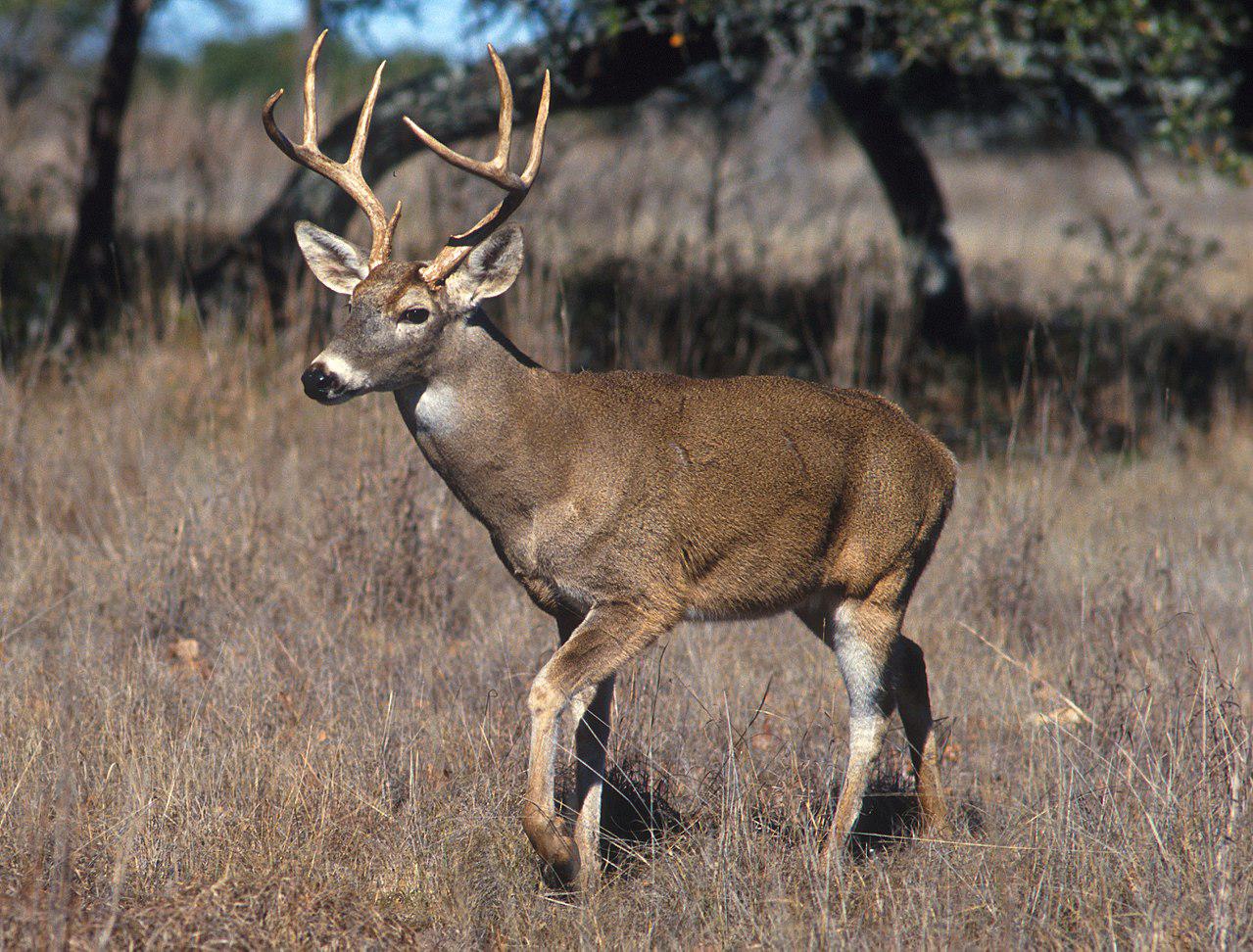By Craig Monger
Fall is the best part of the year for many Alabamians. The cooler months bring a much-needed respite from the infernal southern heat, lawns no longer grow at a preposterous rate, and the various vermin and pests seem to disappear.
One of the many reasons to be excited about Fall is the return of deer season. As hunters prepare for the process of harvesting, preserving, and preparing game for their households, it’s always good to have a firm grasp on safe harvesting methods.
According to Mark Smith, a professor of wildlife management at the University of Auburn, every hunter should develop a plan to safely get their venison from the field to the table.
“Hunters need a plan for managing heat, moisture, and bacterial contamination,” said Smith. “Those are the big three factors that can cause meat to spoil.”
1. Cooling the carcass
When cleaning and field-dressing a deer, it is important to make sure you speedily clean and cool the animal, so be prepared to do this as soon as possible after making the kill. Opening the body cavity allows the internal temperature to quickly drop and slow the growth of bacteria. Quickly removing all entrails and rinsing away the result of any punctured organs will prevent the contamination of the meat and reduce the risk of spoiling.2. Hoisting the deer
Hoisting the carcass will allow for more effective drying of the meat and allow it to cool more easily. If rinsing is necessary, make sure to dry the carcass thoroughly before hoisting it in order to prevent the spread of bacteria.3. Keeping it cool
Keeping the animal at a low temperature is paramount to maintaining the integrity of the meat, so it is important to remove the hide if the temperature is to exceed 40oF. If the climate does not allow for proper cooling, an ice chest, cooler, or insulated bag should be used to maintain an appropriate temperature.4. Transporting your yield
Transporting the meat can also cause issues if the proper steps are not taken. According to Smith, plastic bags should never be used to transport meat. If sections of the animal must be transported, it should be done with breathable cotton game bags. This will prevent the buildup of moisture and will allow the meat to be kept at a safe temperature. Putting the cotton bags into a container with plenty of ice is the safest and most effective way of transporting venison.
When transporting the animal, it is never advised to strap it to the hood of a vehicle, the heat that results from the engine could easily cause the growth of bacteria and foul the meat.










